We have all read forum posts in which the author describes their load workup process and the resulting shot groups. Many of us have written such forum posts, myself included. Typically these posts start with a detailed description of the rifle and ammunition components and then outline the loading process and strategy. Factors such as cartridge OAL, powder type and charge weight, and
Here’s a good example of such a post on the 224 Valkyrie Forum.
When the shooting is done, we get to see the targets and corresponding shot groups from all the lead that was sent down range. The five-shot groups are compared, and conclusions are arrived at that feel good and seem reasonable. Usually one or two groups stand out and the author declares that the weapon really liked that particular variation of ammunition, and the less desirable groups are thought to contain fliers from poor shooting technique or a larger group dispersion from an ammo variation that the weapon didn’t like.
I am just as guilty as the next shooter of going about load development in the manner described above. I’ve been looking into the random nature of ballistics a lot lately, mostly driven by the content at Ballistipedia, and the more I read up on the subject, and the more I apply the statistical analysis to my shooting data, the more I see that this typical ammunition loading development process is extremely bad.
Thanks to computers and math, I can demonstrate why this common load development process is so terrible. Consider the following simulated load development results. The center of the black and purple circles is the true point of aim and the black dashed circle represents 1-moa diameter:
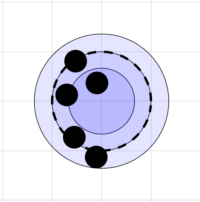
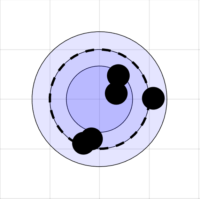
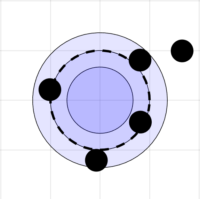
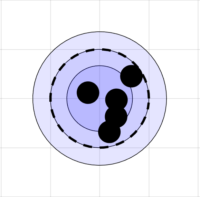
In the manner of our typical rifle load developer (
The problem is that there’s absolutely ZERO difference between the four groups shown above. Sure, the bullet holes are in different places in the four groups, but the exact same statistical distribution generated all four groups. In this
This result demonstrates one thing clearly: Much time and effort
- Hunting
- Service rifle competition
- F-class competition
- CQB defense
- Other?
If hunting is the purpose for the load, then the hunter would likely prefer a flat shooting load that is accurate enough for the job and delivers adequate energy at the point of impact for a clean kill. Hunting range may vary depending on the game, environment, and other circumstances.
For competition shooters, accuracy is the primary consideration, but muzzle velocity influences time of flight and hence the variation due to wind. Variation in muzzle velocity will also have a significant effect at longer ranges on both vertical dispersion in general and horizontal dispersion due to wind.
Let’s consider the case of a 600 yard prone match for F-class or service rifle. In this case, we would like adequate muzzle velocity and then the best accuracy possible from our ammunition. Suppose this rifle is capable of a mean radius of 0.2
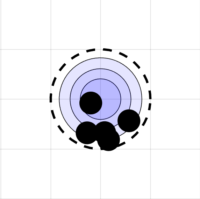
Will this group suffice for our upcoming 600
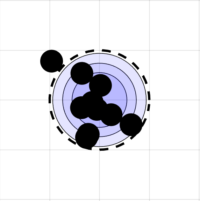
Ten shots
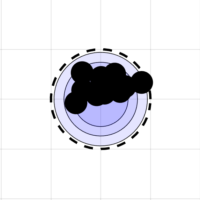
This group is tighter than the last one but the zero is misleading and a scope zeroed off this group will lose us points in our match. How does a 20-shot group look?
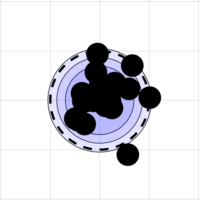
This looks like a group that we could potentially start to trust to zero our rifle and to be representative of the potential of the rifle and ammo that we are shooting. It has an expected mean radius of .24″ and the actual group
The point of this post is to show that 5-shot groups cannot distinguish in any meaningful way between groups that are shot with small variations in loading parameters. A 10 shot group might start to give some sort of confidence, but 20 or more are needed to at least establish a baseline. The real question is how to tell if a given group is statistically different from the baseline? How many shots are needed and how different to the groups need to be in order for a claim to be made that some change in loading parameters was a likely cause of the difference? I will try to address that in a follow-up post.